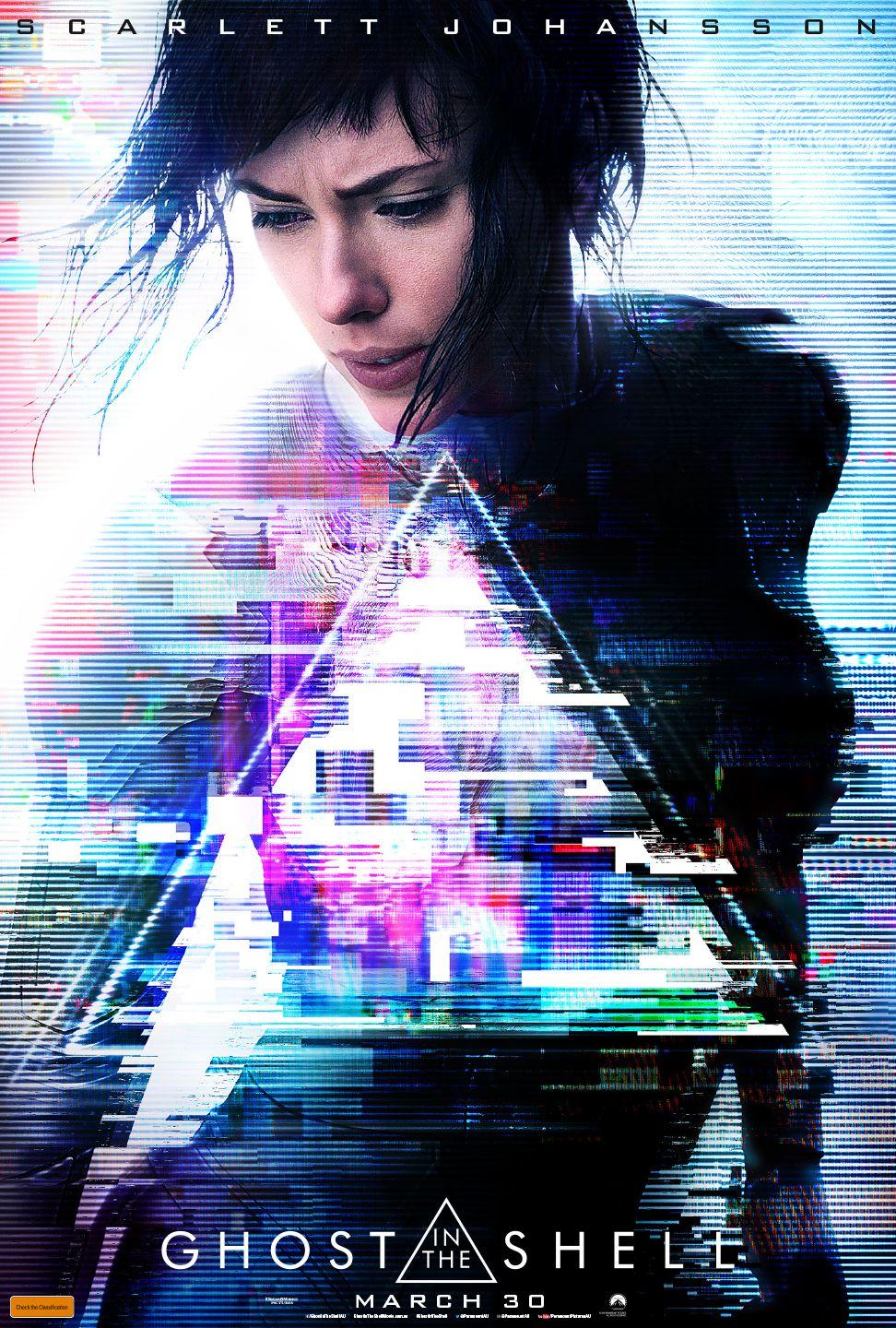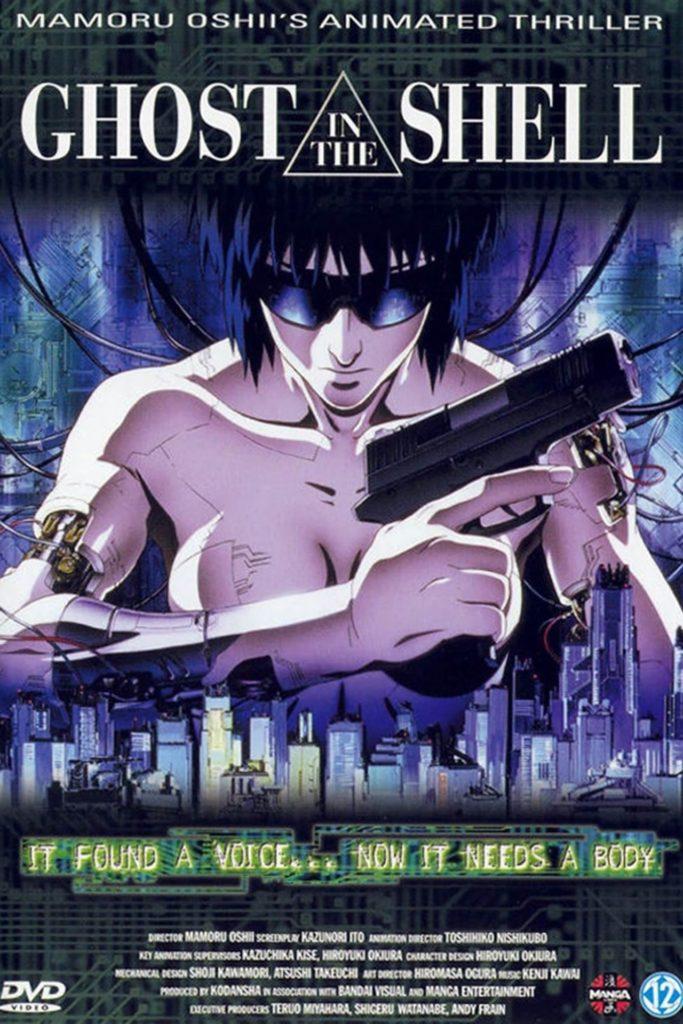
Director: Rupert Sanders
Studio: Paramount Pictures
Cast: Scarlett Johansson, Michael Pitt, Pilou Asbæk
Release Date: March 31st, 2017
Rating: N/A
Ghost in the Shell is, by all accounts, a painfully mediocre movie. Mamoru Oshii’s classic anime version from 1995 is beloved for not only its cool action and graphic imagery, but also for its ethical dilemmas and deep dives into more serious subjects, such as sexuality, gender identity and the ever-blurring line between humanity and robotics.
2017’s Ghost in the Shell has none of that, really. It has a pretty weak plot with an unfortunately underdeveloped villain that just turns into a classic American revenge story. You know, the classic “This person wronged me. I must kill them,” and then there’s a big twist but they still end up killing that adversary. It’s boring. It’s what literally most of contemporary American action movies are. Even though this film is visually appealing and the action is fun to watch, but you can get it better in movies like John Wick or Kingsman: The Secret Service.
This film is insultingly dumbed-down from the mind-trip the original version took you on. Within the first five minutes of 2017’s Ghost in the Shell’s runtime, one of the characters explains to Scarlett Johansson that the synthetic body she’s receiving is her “shell,” but her spirit, or “ghost,” endures. It doesn’t leave a single thing to the imagination, as it might as well have splattered “HAHAHA YOU GET IT? GHOST IN THE SHELL?” in big red letters across the screen.
Speaking of letters, whoever edited this film reads at a 78th-grade level, because the subtitles during Japanese conversations are gone before you even know they’re there. God this movie makes me sad.
As I previously mentioned, the villain in this movie is disgustingly underdeveloped, which is a crying shame because he is really cool. His story is basically that he’s a messed up robot, and his voice glitches in and out during his evil monologues, so it’s an unsettling time listening to him. Unfortunately, you only listen to him about three times in the whole movie. The character’s name is also Hideo Kuze, and is played by an actor named Michael Pitt, but we’ll get to that later.
Scarlett Johannson is passable as Major Mira Killian when she’s a white character, and also as Motoko Kusanagi when it’s revealed that she was actually Asian the whole time. That’s where the main problem of 2017’s Ghost in the Shell lies. It is so despicably whitewashed that a certain friend I watched it with used expletives to describe the film that I had never heard him use in our two years of friendship.

Theatrical poster for 1995’s “Ghost in the Shell”
1995’s Ghost in the Shell is an anime film produced in Japan, directed by Mamoru Oshii and written by Kazunori Ito. 2017’s Ghost in the Shell was directed by a very white man named Rupert Sanders and stars Scarlett Johansson. Now, this is an important point to remember moving forward: American remakes featuring American actors and actresses directed and produced by Americans are completely fine, if done the right way. 2017’s Ghost in the Shell was not done the right way.
First of all, let’s discuss the proper way to do a remake of a beloved classic film from another country. For me, one of the major keys (shoutout to DJ Khaled) is to set it in the country you are filming it for. I see no point in 2017’s Ghost in the Shell being set in Japan. And if it is set in Japan, then why in the name of Sam Hill is everyone white?
That’s the next problem we run into with this godforsaken pillar of whiteness. With the exception of three Japanese characters, one who is moderately important, and then the other two who were just afterthoughts in an already thin plot, everyone is white. It’s not even that they aren’t Japanese. They’re all white. No one is black. No one is of any mixed ethnicity or anything other than plain white bread Americans. And one disgustingly out of place British lady was there but her performance was so woefully dramatic that I wouldn’t be surprised to learn that the producer plucked a random passerby from off the street to play the role.
Now we get to my biggest problem with 2017’s dumpster fire-esque iteration of Ghost in the Shell. The writers changed the plot completely, for the sole purpose of defending the decision to cast a white actress. We’re entering spoiler territory here, but it’s fine because you shouldn’t spend your money on this movie like I did. It’s a decision that will haunt me for the rest of my years.
Basically, Major was a Japanese woman named Motoko Kusanagi at one glorious point in time, but then the big baddies from Hanka Robotics kidnap her from her family to do experiments. These experiments practically come to mean putting her brain in a synthetic body. But through a magical process called whitewashing, for some reason, the face on the synthetic body was American, for some reason that will never make any sense to me. Along with putting her brain into a synthetic body, they turned her into a white lady.
This all could have been fixed by just putting it in a damn American city. No one, including me, would bat an eye at a Ghost in the Shell remake set in San Francisco featuring an all-American cast. Hell, look at what Netflix’s Death Note remake is doing. It’s completely Americanizing the classic Japanese anime by putting it in Seattle. Let’s hope Nat Wolff has learned how to act between his time with the Naked Brothers Band and now.
Now, I know what you’re thinking. “But, Cameron,” you’re probably saying to me through your computer screen, “they needed to cast a famous white actress to cater to the market they were in!” Well, to that I tell you, 2017’s Ghost in the Shell opened to $19 million dollars in its first weekend, which isn’t a whole lot when you consider its $110 million budget.
There’s no longer an excuse to whitewash. It didn’t make 2017’s Ghost in the Shell a better movie; it was average at best, a mindless punchfest in an endless array of mindless punchfests. It didn’t make the film do any better at the box office. It’s time to end this mularkey and start doing things the right way. Sometimes political correctness is just correctness, and filling a movie set in Japan with a bunch of white people makes no logistic sense.
The people have spoken. Your move, Hollywood.
1 Comment
While I agree with your comments about the plot, I didn’t mind the part being played by Scarlet. The character in the original Movie didn’t look especially Japanese at all. A lot of manga looks very Westernised anyway.
It wouldn’t have bothered me whether it was a Japanese lady, or an American playing the part. What bothered me was that the plot was dumbed down so much that it removed all the physcology and mythos that the original movie had. It looked visually impressive, but was empty inside, which was a great shame, and a missed oppertunity.